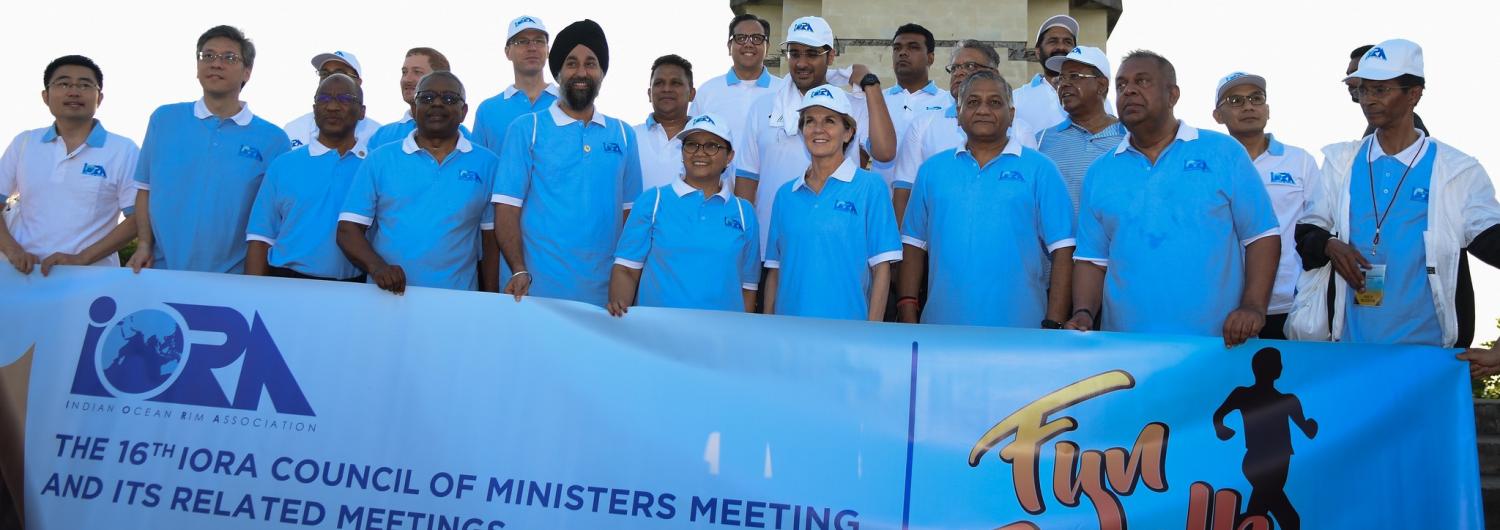In just a little over two months, the Trump administration has overturned some of the most enduring ideas about American foreign policy and its role in the world. For friend and foe alike these are unsettling and challenging times.
President Trump’s views on NATO were well known by the time of his inauguration and they were soon reiterated by Defence Secretary James Mattis in February who told NATO members that if they didn’t boost military spending, the US would cut its support. In his first meeting with NATO foreign ministers last Friday, Secretary of State Rex Tillerson reportedly pledged unwavering support for NATO, however as Trump has previously made clear, his underlying dispute with Europe is unlikely to simply dissipate.
In terms of where the administration’s future strategic focus lies, America’s European allies would not have been reassured when Tillerson looked set to cancel his appearance at the NATO meeting due to a potential clash with Xi Jinping’s Florida visit.
For America’s Asian allies, the Trump administration’s apparent ambivalence about Europe fuels doubts about the future of the 'hub-and-spokes' (aka the San Francisco) system of strategic architecture that has been the foundation of the East Asian regional order. In this complex strategic and diplomatic environment, is the Indo-Pacific concept a viable option to complement or perhaps even help salvage the broader Asian regional project?
In a recently published article I co-authored with Mark Beeson - The Future of Asian Regionalism: Not What It Used to Be? - we argue that the history of institutional development in the ‘Asia-Pacific’ is mixed at best and the attempt to create a new ‘Indo-Pacific region’ has more to do with contemporary geopolitical concerns and traditional ideas about the balance of power at this stage than any inherent ‘natural’ regional identity or coherence.
However, and somewhat ironically, Asian strategic regionalism may prove to be more adaptable to Trump’s ‘America First’ model than NATO's more collective form of security. The Indo-Pacific regional concept could prove to be quite resilient because its basic bilateral structure is evolving and the overall architecture is complemented by multifarious strategic partnerships.
Three Indo-Pacific partnerships tend to stand out: two established and one prospective.
At first blush, the ‘unsentimental’ India-US relationship appears to still be on track, in spite of an otherwise unpredictable Trump administration. Although the Logistics Exchange Memorandum of Agreement has been slow to become operational, the Indian defence ministry is 'now close to finalising the intricate accounting procedures' whereby India and the US will provide logistical support on an 'equal-value exchange and reimbursable basis'. With the recent landslide victory for the BJP in Uttar Pradesh, Prime Minister Narendra Modi appears to have cemented his already solid political security. Modi now has a further mandate to not only implement reform at home but to also continue a transformative foreign policy that centres on building stronger strategic relations with the US.
In a recent speech (‘What is Certain in an Age of Uncertainty’), the Japanese Ambassador to India Kenji Hiramatsu said the India – Japan relationship was one of the few current certainties in the Indo-Pacific. Hiramatsu emphasised the significance of bilateral cooperation between India and Japan in promoting both regional stability and collaboration with other like-minded Indo-Pacific states. Evidently, the upcoming 2017 Malabar Exercises to be held in the Bay of Bengal will be only the second time Japan has been involved in the Indian Ocean version of the exercises with India and the US. The strengthening of this core Indo-Pacific trilateral partnership via closer India-Japan ties takes on even more importance with the uncertainty the Trump presidency is causing in the region.
The third case is much more speculative, but could be significant. Greater participation from the ‘global maritime fulcrum’ state of Indonesia could be enhanced via a strategic deepening of India-Indonesia relations. In a March 2017 meeting in New Delhi, India's Minister of State for Home Kiren Rijiju and visiting Indonesian Minister for Security Gen Wiranto decided to enhance cooperation between India and Indonesia in the cyber security and intelligence sharing realms. Additionally, the sixth edition of the annual Garuda Shakti Indo-Indonesia joint training exercise is being held at India's Special Forces Training School in the hill town of Nahan in Himachal Pradesh. Whilst still in their infancy, these endeavours show progress being made in the strategic relationship.
The recent Indian Ocean Rim Association produced the ‘Jakarta Concord’, which is an agreement to maintain peaceful and stable relations among member states. In its wake, Indonesian Deputy of Maritime Sovereignty for Maritime Affairs Arief Havas Oegroseno said: 'Several countries in the Indian Ocean coast have [a] weak economy [and] poor countries do not have the ability to maintain maritime security'. The Jakarta Concord remains a positive initiative, however, and highlights that Indonesia, notwithstanding its capability challenges, must find a way to play a more active role in the Indian Ocean Region.
With India, Australia and Indonesia representing three of the largest IORA economies, perhaps this Indo-Pacific partnership could both help burden share and be a force multiplier. An Indian Ocean-based trilateral institution under the auspices of IORA could help consolidate stronger future ties between individual members and also give substance to the idea of an Indo-Pacific region in the process.
In an age of growing regional uncertainty, these three cases highlight the importance of maintaining hub-and-spokes relationships, strengthening supplementary partnerships, and developing new strategic members in the Indo-Pacific.
Photo: Flickr/Australian Embassy Jakarta
